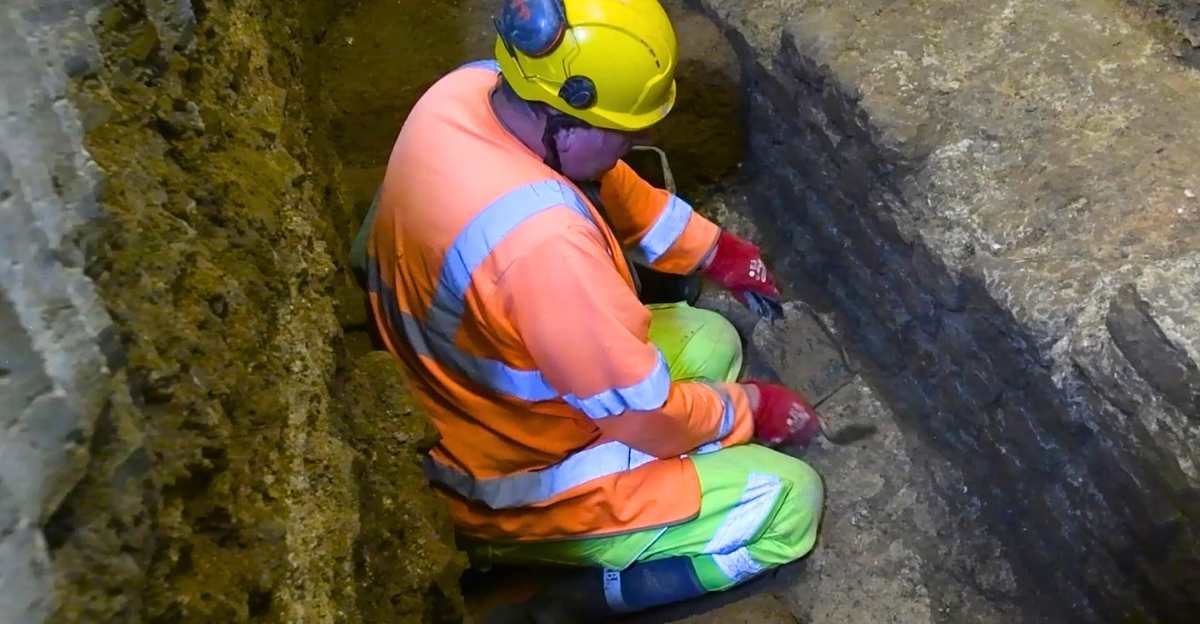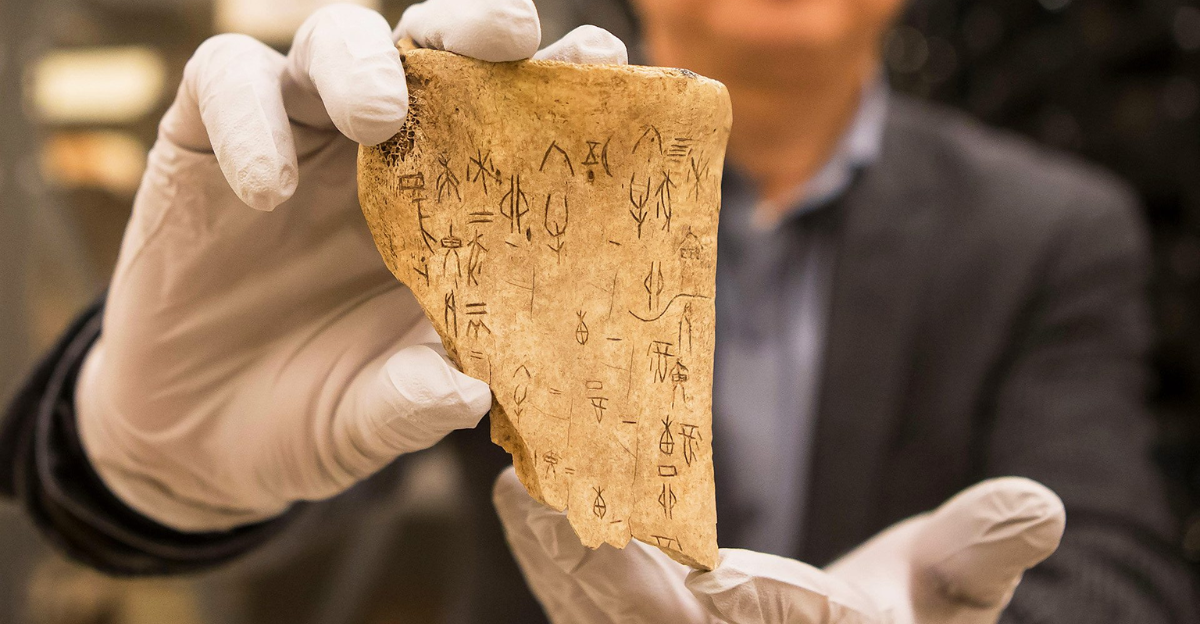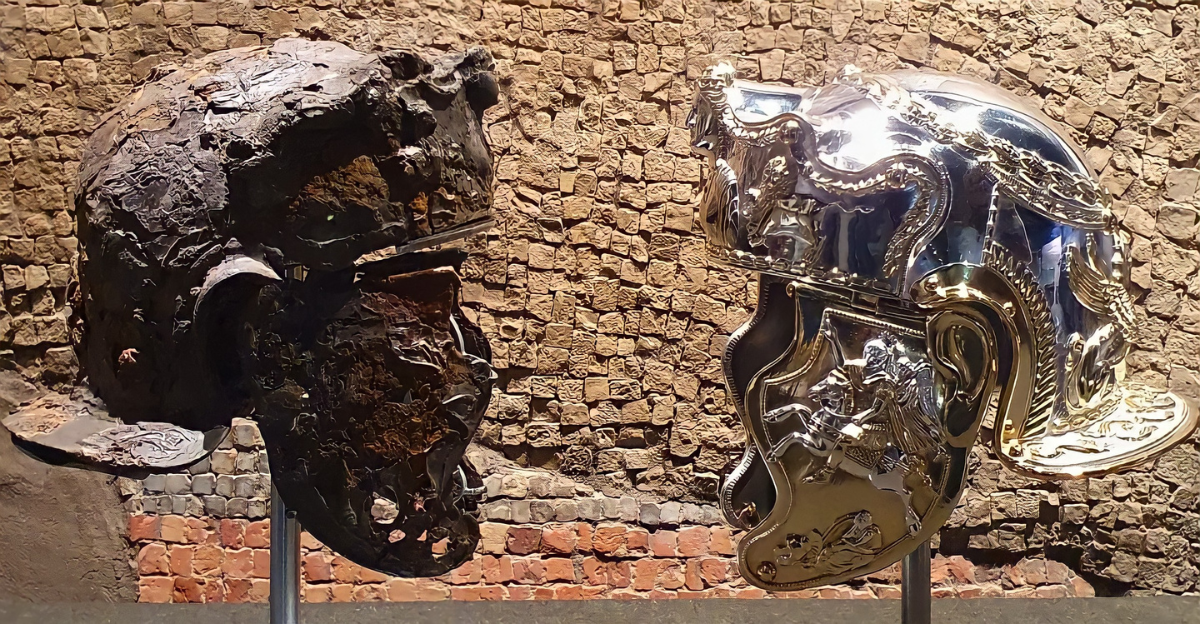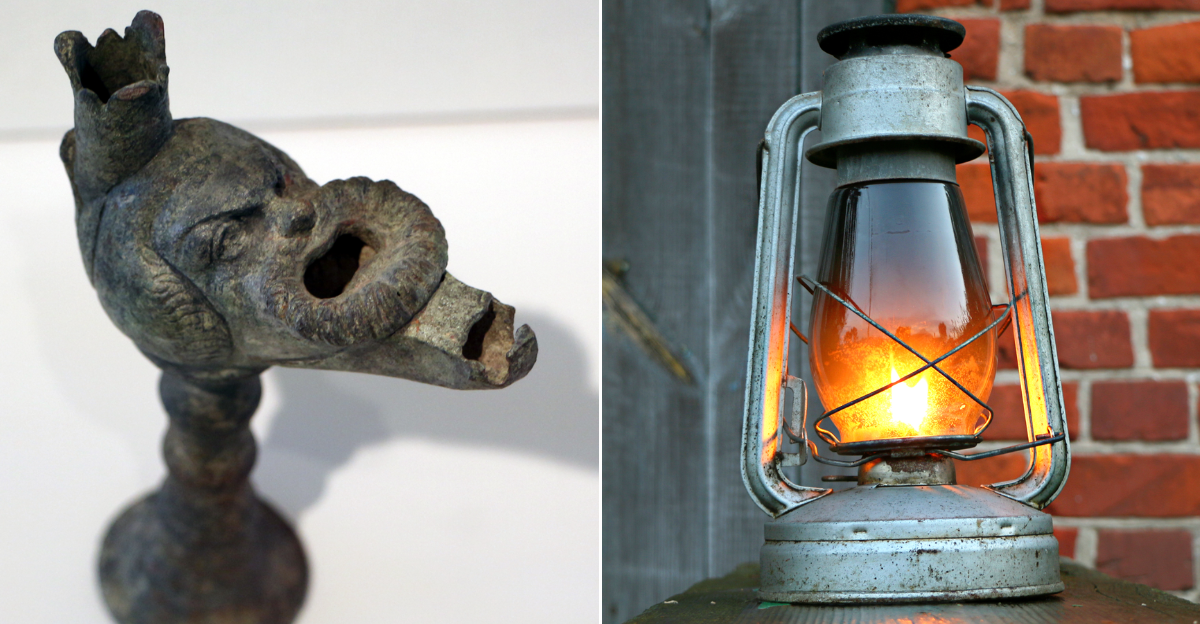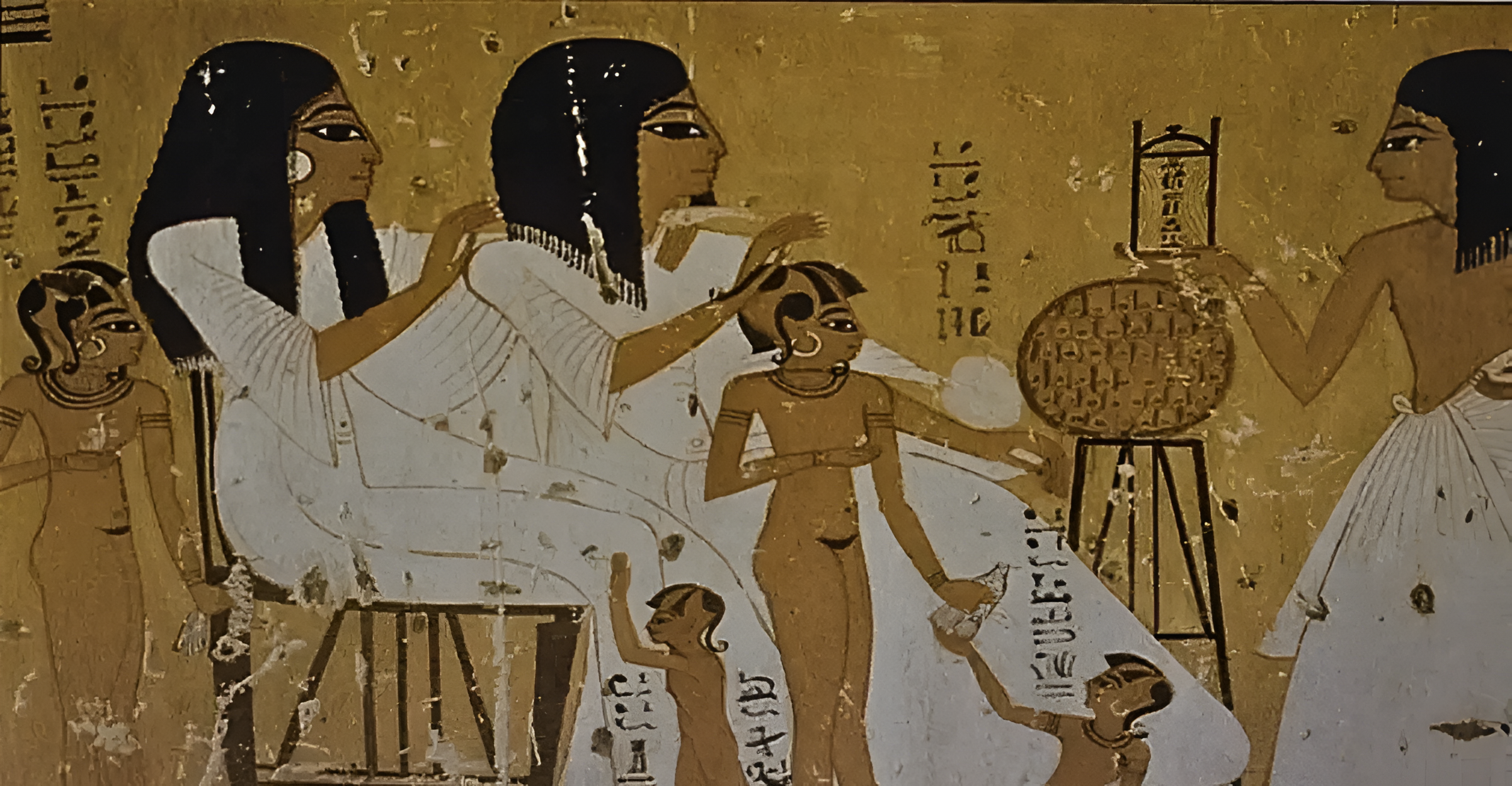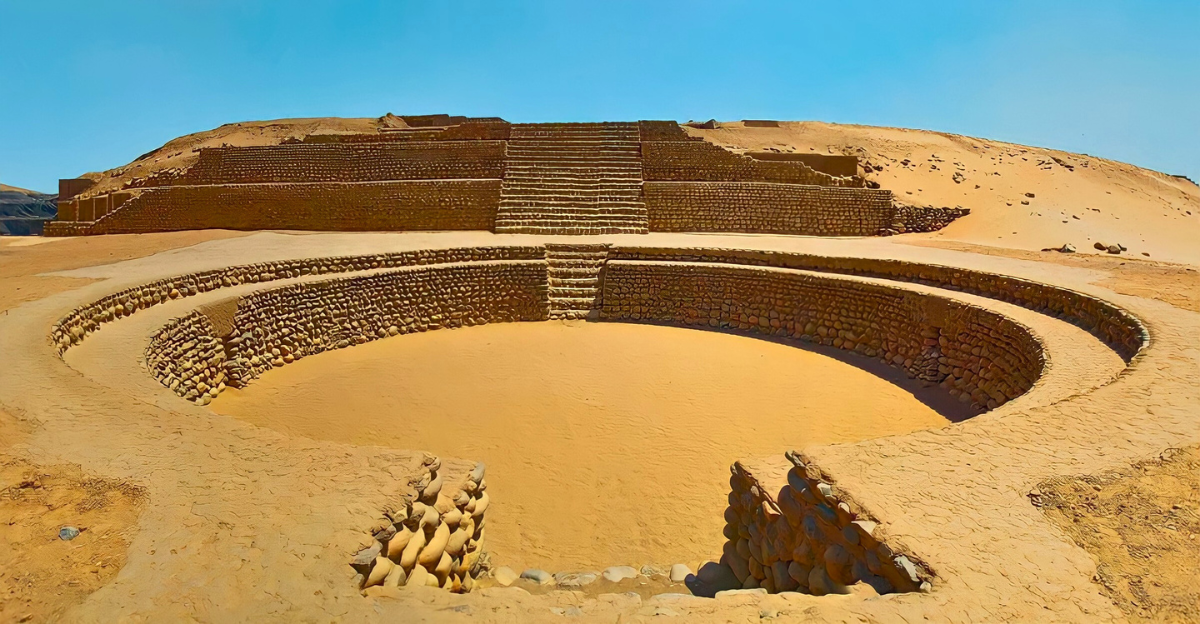
Imagine a vast, advanced city that challenges everything we believed about ancient civilizations. Buried beneath Peru’s harsh desert environment, the recently uncovered metropolis near Penico remained invisible for thousands of years, swallowed by shifting sands and forgotten by history. This city’s scale and sophistication rival some of the most significant ancient urban centers, including Egypt’s.
How could such a marvel vanish without a trace? What secrets do its multi-layered pyramids and sprawling plazas hold? This discovery has ignited fierce discussions across Reddit and TikTok, stirring curiosity worldwide as users debate the implications for global history. Far from a mere archaeological find, Penico forces us to rethink how complexity and power developed independently on distant continents, shifting the spotlight onto ancient South America’s role in the grand saga of humanity’s civilization.
History Rewritten: How Penico Challenges Ancient Power Narratives
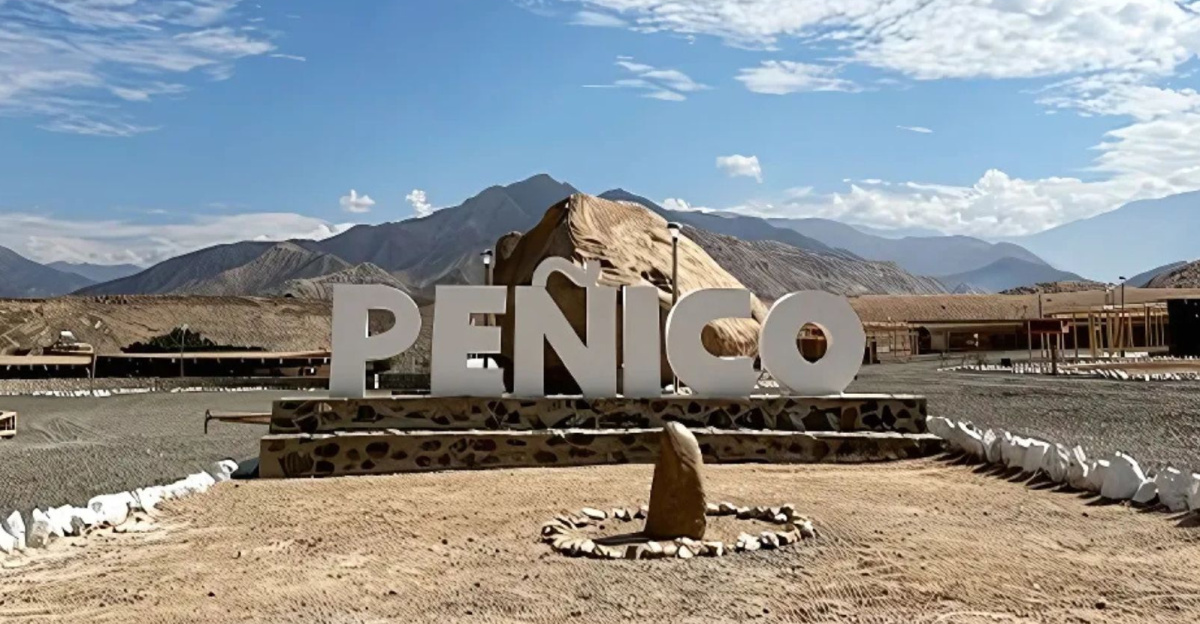
Penico isn’t just a discovery; it’s a historical earthquake that unsettles long-held views privileging Egypt, Mesopotamia, and the Indus Valley as civilization’s main cradles. Dated around 1800 BC, Penico appears contemporaneous with Egypt’s Middle Kingdom and reflects advanced urban engineering, complex social organization, and striking architectural achievements. This challenges Eurocentric accounts that minimized the Pre-Columbian Americas’ contributions to human progress.
Penico’s vast size, sophisticated water systems, and monumental temples signal a society that wielded tremendous economic and political power. The ripple effect extends beyond academia: Peruvians reclaim a lost heritage, global textbooks face revision, and heritage tourism gains momentum. This discovery broadens our understanding of early urbanism, spotlighting South America as a passionate contributor to civilization’s grand designs.
Ancestral Echoes: How Penico Resonates Across Continents and Time
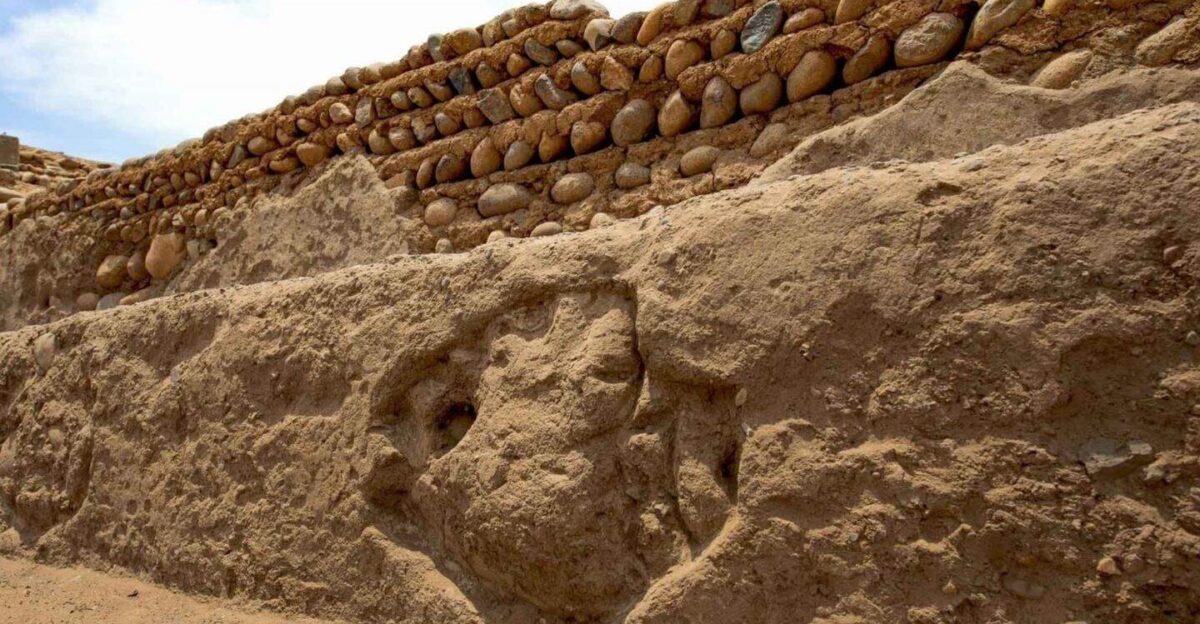
Penico’s architectural styles, symbolic motifs, and urban organization resonate with ancient societies from Egypt to Mesopotamia, invoking powerful questions about human creativity. Indigenous communities recognize familiar symbols passed down for generations, affirming cultural continuity despite the city’s millennial absence from history. The ceremonial use of shell trumpets pututus mirrors ritual objects found in other great early cultures.
Such parallels raise tantalizing possibilities: Did isolated peoples independently reach similar heights in city-building and spirituality? This shared architectural language hints at universal human themes of social cohesion, religious expression, and governance that transcended geography. The discovery taps into collective memory and nostalgia, reconnecting modern societies with inherited legacies and reminding us that human ingenuity is a story shared across oceans and epochs.
The Silent Demise: Why Did Penico Fade Into Obscurity?

Every lost city has a story of decline, and Penico’s is no different. Archaeologists propose that environmental stressors, such as prolonged droughts and resource scarcity, undermined the city’s prosperity, echoing similar collapses in neighboring ancient cultures. Other factors, such as internal conflict, shifting trade routes, or epidemic disease, may have hastened abandonment.
Natural forces and human fragility combined to erase Penico physically and psychologically, burying it beneath desert sands that preserved yet concealed its ruins for centuries. This decline challenges romantic myths of inevitable progress, highlighting how even the most advanced societies face collapse. Understanding Penico’s downfall provides vital lessons about resilience, adaptation, and the vulnerabilities ancient and modern civilizations share when confronted with environmental and social upheaval.
Meet Penico: Peru’s Stunning Rival to Egypt’s Ancient Cities
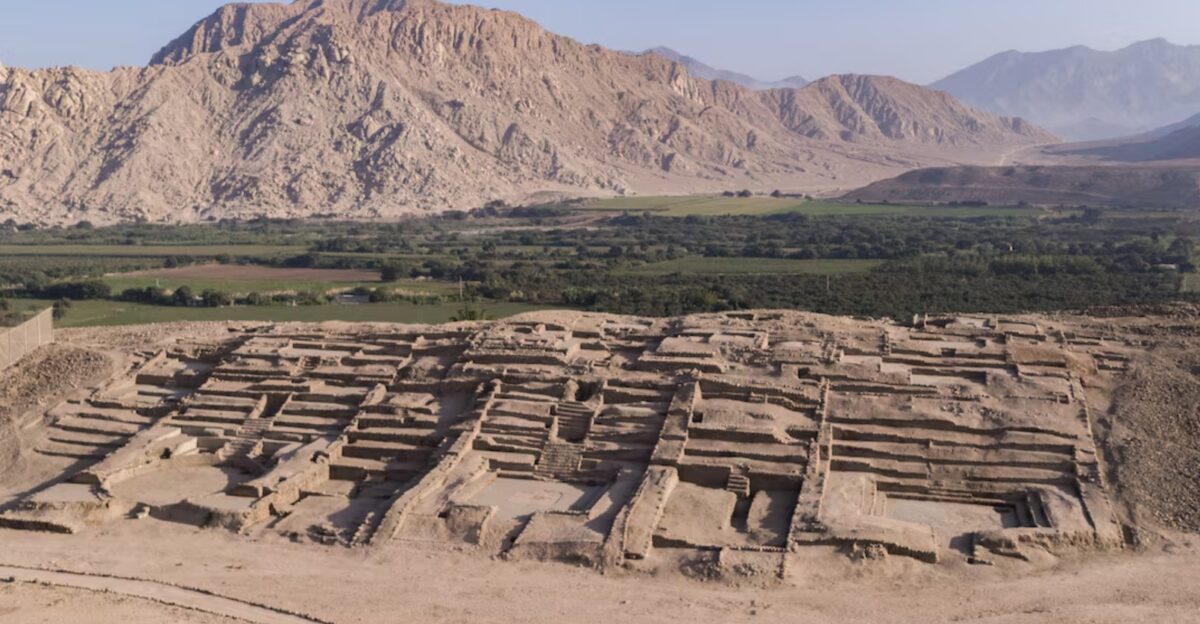
Now for the revelation: Penico is one of South America’s largest and most complex ancient urban centers, discovered on a vast hillside in northern Peru’s Supe Valley. Stretching across miles, it features monumental pyramids, plazas, residences, and a sophisticated water management system that rivals ancient Egypt’s technological prowess.
Crafted from stone and adobe, its terraces and structures reveal a carefully planned city for religious ceremonies and administration. Led by archaeologist Ruth Shady, excavations uncovered artifacts and architecture demonstrating Penico’s importance as a socio-political and economic hub. This metropolis predates many previously known cities in the Americas, compelling us to rewrite narratives of ancient urbanization and recognize Penico as a foundational pillar of human civilization, a mystery finally unveiled after millennia.
Penico and Peru: Reviving Pride and Shaping Identity
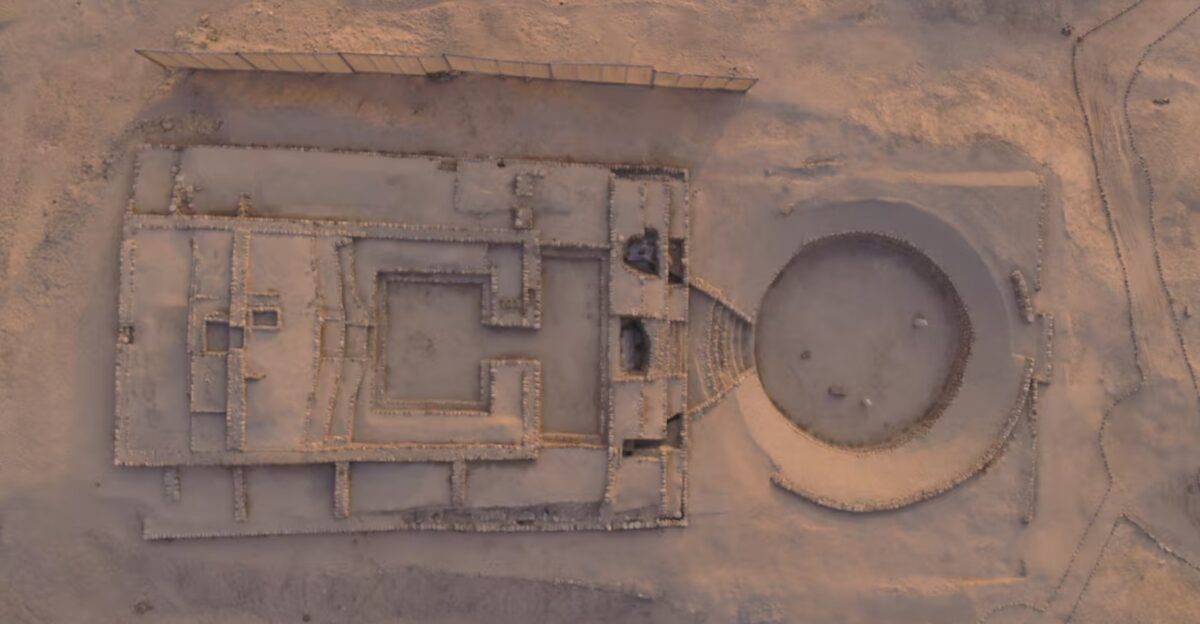
Penico’s rediscovery has ignited a cultural renaissance in Peru, reconnecting people with a glorious, yet forgotten, chapter of their past. The site revitalizes indigenous narratives long overshadowed by colonial histories and strengthens national pride. For communities near Penico, the excavation means renewed job opportunities, heritage tourism, and educational reforms embracing ancestral achievements equal to global antiquities like Egypt’s pyramids.
Viral social media videos on YouTube and TikTok celebrate this rediscovery, turning ancient stones into modern cultural icons. Schools incorporate Penico into curricula, nurturing a new generation proud of their roots. This resurgence reshapes Peruvian identity, affirming that history is not static but continuously redefined through discoveries illuminating human achievement and dignity.
Behind the Dig: The Human Quest to Unearth Penico
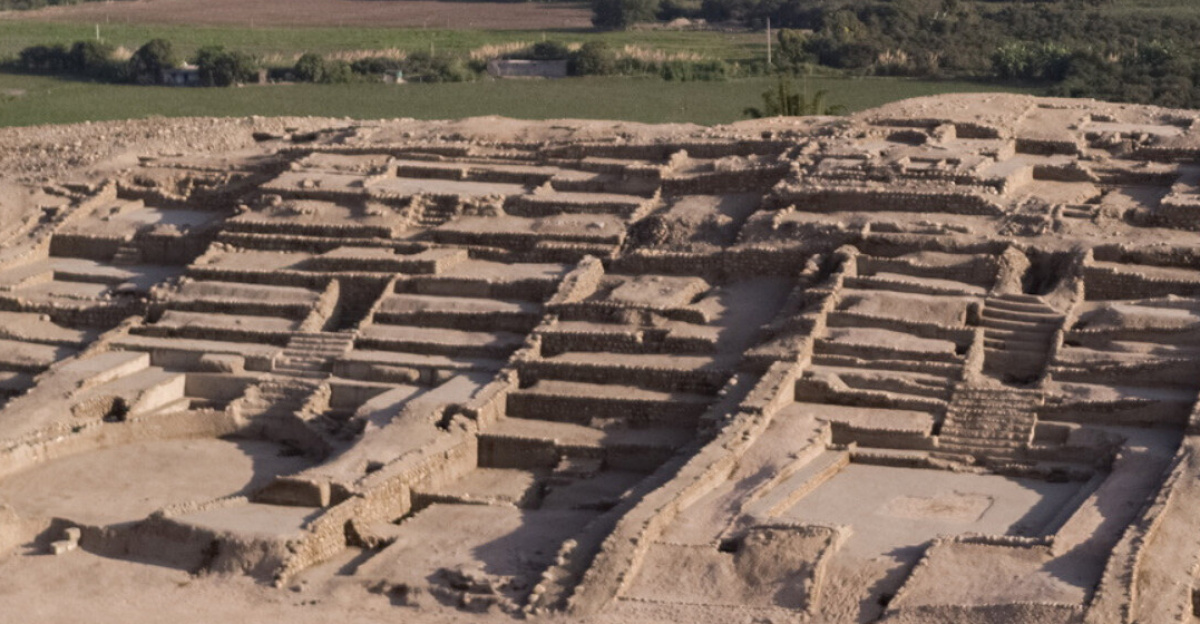
Penico’s extraordinary unveiling results from years of meticulous work by archaeologists confronting extreme desert conditions and fragile ruins. The team’s dedication humanizes archaeology, revealing passion, patience, and perseverance in pursuit of ancient truths. Led by Ruth Shady, a figure whose research has expanded understanding of Peru’s prehistoric cultures, they navigated scientific scrutiny and preservation challenges, protecting artifacts from decay and looting.
Their discoveries upend stereotypes of primitive Americas, showcasing a civilization of remarkable complexity. Field stories share the excitement and hardship behind each uncovered stone through interviews and podcasts. This human dimension reminds us that archaeology reveals not just artifacts but the relentless curiosity fueling the quest to connect past and present.
Rivalry of the Ancients: Could Penico Have Matched Egypt’s Greatness?
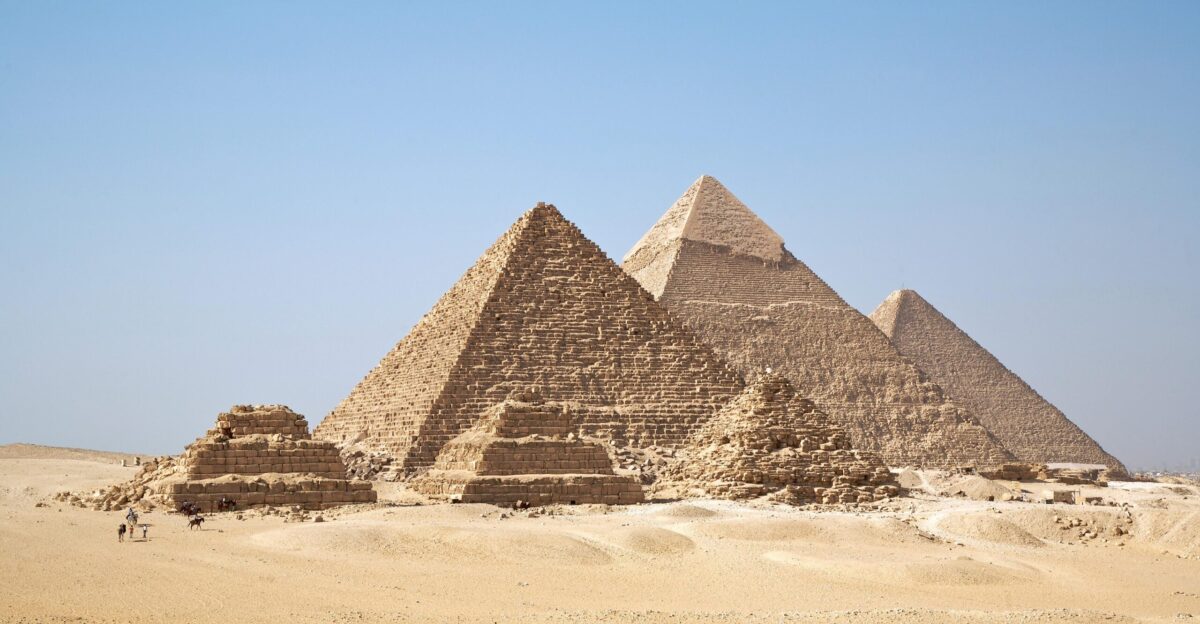
Penico expands the narrative of ancient urban competition beyond the Nile and the Fertile Crescent. Its scale and complexity evidence a civilization evolving alongside Egypt, Mesopotamia, and the Indus Valley, independently developing monumental architecture and intricate social hierarchies. This parallel challenges assumptions that the Old World set the sole developmental standard.
Penico’s sophisticated city network and infrastructure suggest a rival empire on equal footing, rewriting global archaeological maps. This rivalry stimulates fresh debate within academia and captivates public imagination: multiple ancient world capitals simultaneously shaped humanity’s early steps, each a distinct marvel. Recognizing this changes how we perceive civilization’s geographic and cultural diversity.
Viral Curiosity: How Social Media Shapes Archaeology’s New Era

The viral buzz around Penico on Reddit, TikTok, and YouTube reveals unprecedented global interest in revisiting and revising old history through discoveries. Online communities dissect findings, share videos, and debate implications, making archaeology accessible and exciting beyond academic circles. This interaction pressures museums and researchers to tell inclusive, multi-voiced stories respecting indigenous pasts.
Technologies like drone surveys and AI-fed pattern recognition accelerate discovery and democratize knowledge, letting amateurs and experts collaborate. Social media transforms archaeology from ivory tower to interactive dialogue, spreading fascination worldwide and ensuring discoveries ripple instantly. It reshapes the narrative about ancient cultures, who built them, and what their legacies mean today.
Penico’s Legacy: A Gateway to Expanding Our Shared Human Story
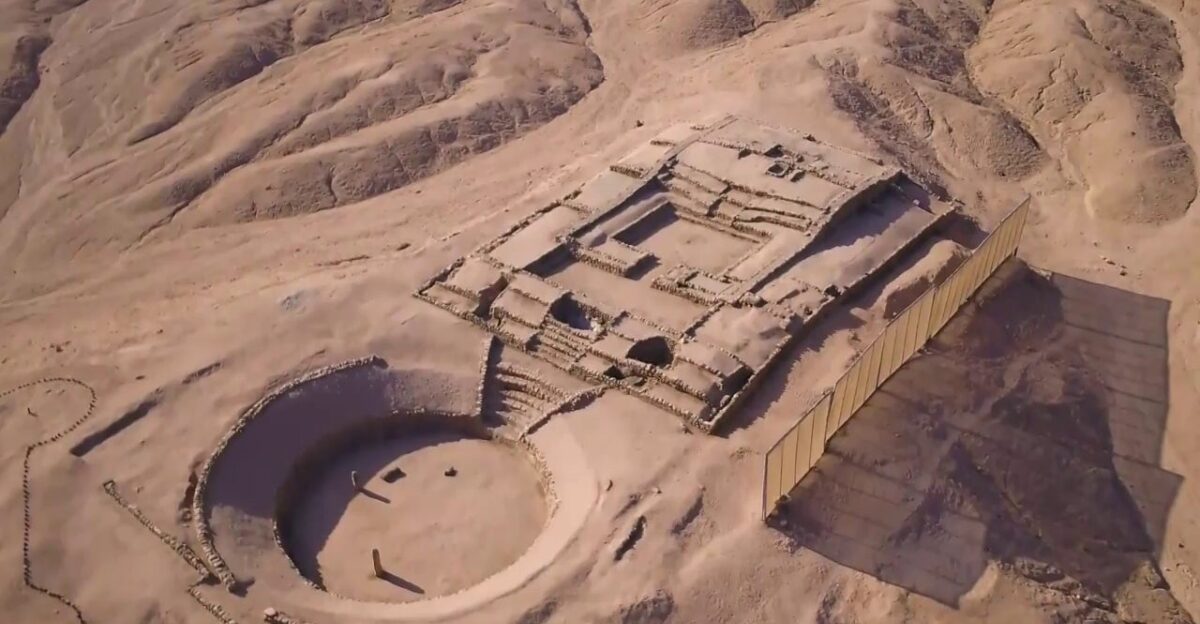
Penico’s unveiling marks a pivotal moment, inviting scholars, policymakers, and the public to embrace a richer, more interconnected vision of ancient history. It challenges settled narratives and highlights Pre-Columbian civilizations’ monumental contributions, which have been neglected. The site inspires questions about what other cities lie hidden, urging sustained exploration and heritage protection.
Beyond academia, Penico encourages reflection on valuing cultural memory amid globalization and technological change. Could this discovery spark a global renaissance appreciating the diversity and ingenuity of ancient peoples? Only time and continued research will tell. But Penico’s profound legacy has begun; the lost metropolis is no longer forgotten, but a beacon illuminating humanity’s shared journey through time.

